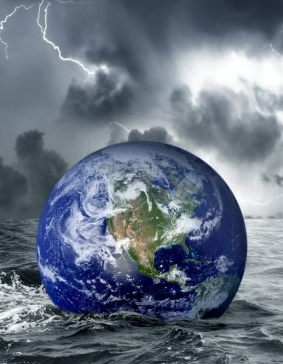New links lock mans' place at sea
 A recent study has highlighted a new factor in the complex relationship between humans, the atmosphere, oceans and the whole state of the planet.
A recent study has highlighted a new factor in the complex relationship between humans, the atmosphere, oceans and the whole state of the planet.
A paper by researchers at the US Lawrence Livermore National Laboratory shows that observed changes in global precipitation are directly affected by human activities and cannot be explained by natural variability alone, this includes precipitation on land and at sea.
The study says emission of heat-trapping and ozone-depleting gases affect the distribution of precipitation through two mechanisms.
As temperatures increase, scientists expect thermodynamic shifts will mean wet regions become wetter, and dry regions drier.
Related changes in atmospheric circulation patterns will push storm tracks and subtropical dry zones toward the poles.
“In combination, manmade increases in greenhouse gases and stratospheric ozone depletion are expected to lead to both an intensification and redistribution of global precipitation,” said Céline Bonfils, author of the research appearing in the Proceedings of the National Academy of Sciences.
“The fact that we see both of these effects simultaneously in the observations is strong evidence that humans are affecting global precipitation.”
“Most previous work has focused on either thermodynamic or dynamic changes in isolation. By looking at both, we were able to identify a pattern of precipitation change that fits with what is expected from human-caused climate change,” said fellow author Kate Marvel.
More details are available in the online version of the report.








 Print
Print